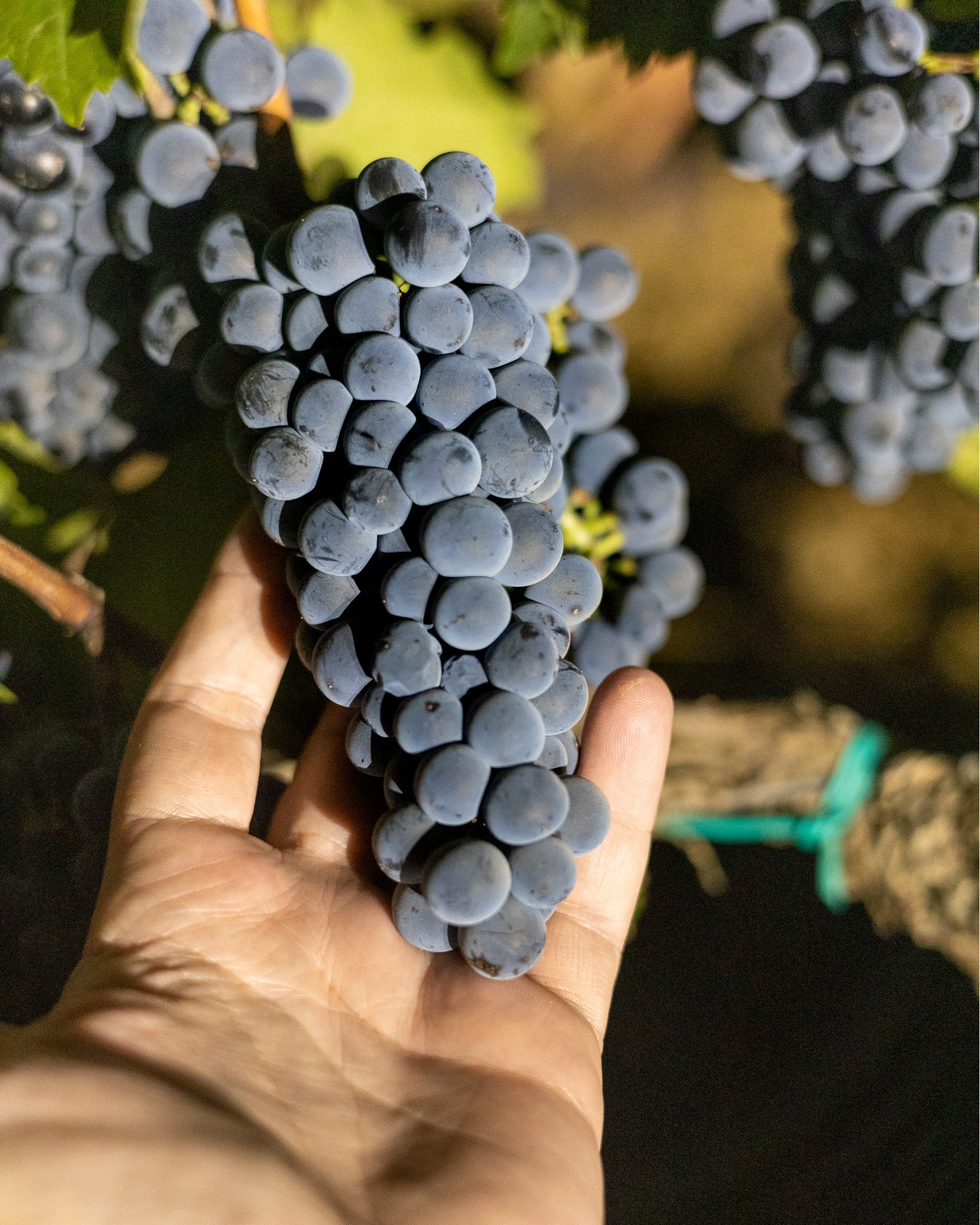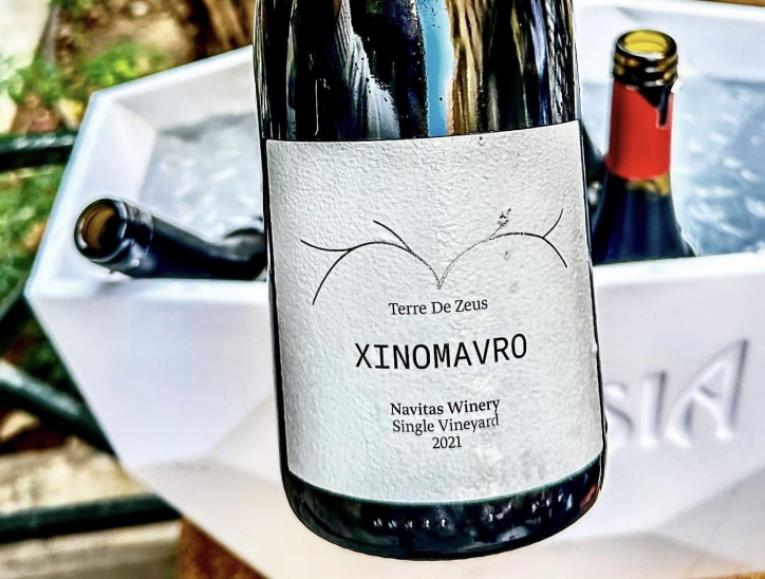Mouchtaro: Discovering the Rock 'n' Roll Grape of the Greek Vineyard
By Yiannis Karakasis MW
''The Mouchtaro grape variety historically inhabited the wider area of Thebes, but due to its low yields, producers avoided growing it,'' says Stelios Zacharias from Muses Estate. Another reason for the decline in popularity was the prevalent preference for white wines. However, Muses Estate helped restore the grape's reputation by bottling the first Mouchtaro wine in 1998, which was originally called Biblinos (fun fact #1)and later renamed Mouchtaro in 2008. Today, Muses Estate cultivates 6 hectares of the variety) out of a total of 13.4 and produces two labels at an average of 10,000 bottles per year, the classic Mouchtaro and the expensive Unicorn. Stelios points out how pivotal the variety is for the Estate by saying that demand for these wines is so great that within months of releasing a new vintage, the winery receives double or triple the requests it can satisfy.
2017 signified the first vintage of a single varietal Mouchtaro for another important player in the area, Samartzis wines, who cultivate approximately 4 ha of the variety. ‘’Mouchtaro produces intense and authentic wines having unbelievable characteristics, like its pH, which may be less than 3 and an acidity close to 7 g/lt,’’ says producer Panos Samartzis. The winery produces approximately 4,000-5,000 bottles of red wine and a gastronomic rosé full of character and precision. Production has more than tripled, and the style has become more serious and structured. ‘’The only thing I have changed is the size of the casks I use, which are now 500lt as opposed to the 300lt ones I used in the beginning, and of course, the vines are now older, and their age has contributed too".
And last December, a third player from the area of Thebes entered the arena, Thivaiki Gi, although the label now reads Katrisiosis. ''The company is in the process of rebranding,'' explains the exuberant Panagiotis Katrisiosis during my visit to the region while promoting the wines of Central Greece. Mouchtaro existed near Vaya, 14 km from Thebes and was traditionally used to produce rosé wine as its colour is very deep. "We entered the market with 2,000 bottles of Mouchtaro 2018 vintage a few months ago, and these are almost sold out," comments Panagiotis. The next release will be vintage 2019, and the estate is thrilled with this success, feeling that Mouchtaro will be a key variety for the winery. He also produces Mouchtaro Story rosé and cultivates a total of 2.7 ha.
Mouchtaro is not only confined to the Muses Valley and Thebes, but is also found in the Geraneia Mountain Range in Megara, where Christos Koulouriotis of The Knack Project cultivates 0.4 hectares of old bush vines and produces three interesting labels. The robust 'The Knack Project Red', matured for 23 months in used oak, the light red Lulu, and a brand new Pet Nat.
The taste of Mouchtaro
First of all, its name means "local master" (fun fact #2), perhaps an allusion to the importance of the variety in the past. In my eyes, it is a rock 'n roll and very special variety that produces dark wines in their most concentrated style, full of black fruit aromas like juicy plum, tobacco, and chocolate, along with leather and herbs. Intense shades of smoke and an explosion in the mouth are characteristic. An explosion of high acidity and tannins that are, however, juicy. Red wines need ageing, and I have often obtained bottles from the Muses Estate that should have had more bottle age. Obviously, demand is so high that this cannot be achieved. But that's what the variety calls for.
In terms of winemaking, Muses Estate ferments the wine for 60 days and uses 20% new oak, typically producing 13.5% abv wine. Samartzis ferments the grape up to 25°C for 12 days, uses 500-litre old oak barrels, and typically produces 14%- 14.5& abv wine. The Knack uses old oak Hermitage and Seguin Moreau 2nd and 3rd use barrels.
The interest of several other producers confirms the growing popularity of the variety. Among them is Apostolos Mountrichas from Avantis and Anhydrous Estate, who states that he plans to plant a one-hectare vineyard. "I believe that Mouchtaro will be the signature grape of Central Greece ten years from now," he adds. Can Mouchtaro make a difference in the vineyards of Central Greece and stand next to the success of Limniona? I personally vote, yes.





